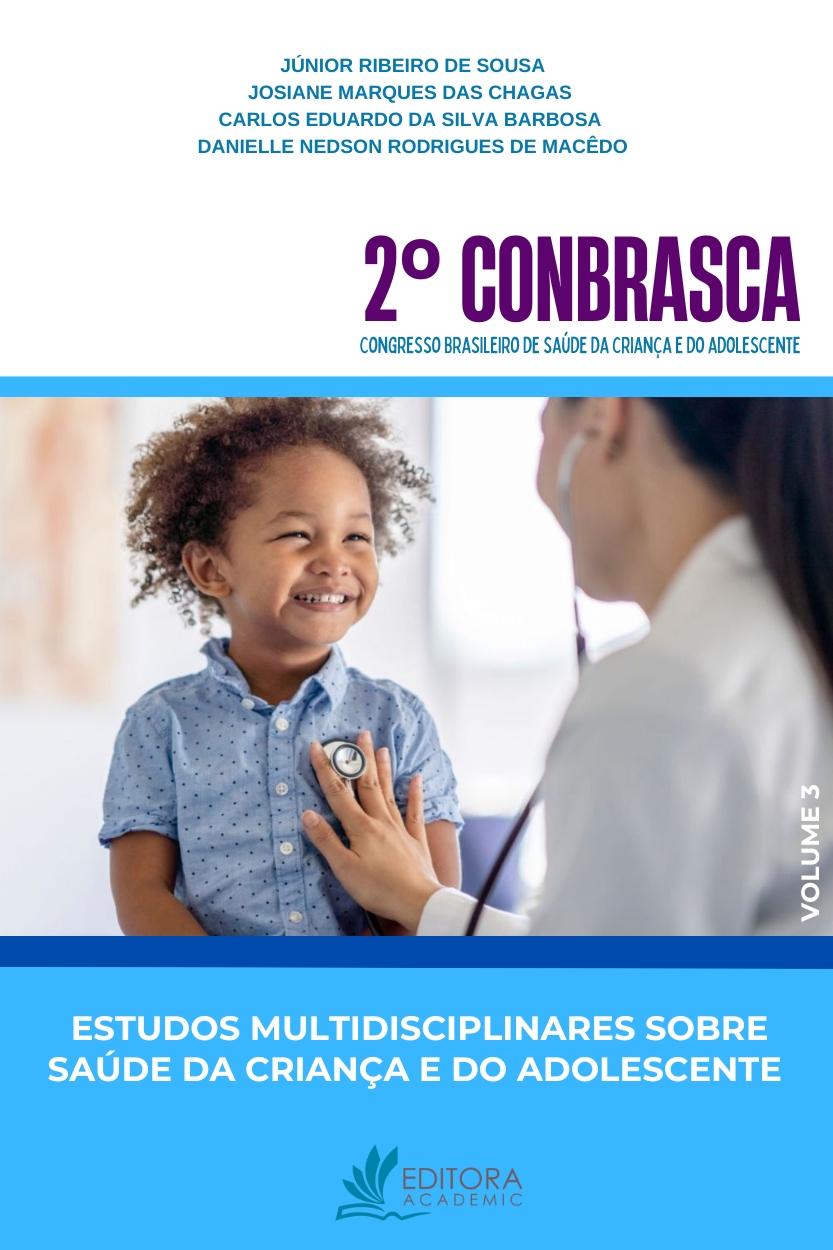
Objetivo: este estudo teve como objetivo analisar o estado nutricional e sua associação com os hábitos alimentares do grupo de crianças do Centro de Referência de Assistência Social (CRAS) Barrocas do município de Mossoró/RN. Metodologia: tratou-se de uma pesquisa quanti-qualitativa, do tipo descritiva, a qual ocorreu em um dia de encontro do grupo de crianças no CRAS Barrocas. Traçou-se o perfil do estado nutricional do referido grupo através da avaliação antropométrica e em seguida avaliou-se o consumo alimentar por meio da aplicação do Formulário de Marcadores de Consumo Alimentar do Sistema de Vigilância Alimentar e Nutricional (SISVAN). Resultados e Discussão: A amostra do estudo foi de 12 crianças com idades entre 5 aos 12 anos incompletos. Em relação ao estado nutricional, foi identificado que segundo as curvas de referência (Escores-z) da Organização Mundial de Saúde, a maioria das crianças estavam dentro dos parâmetros adequados. Contudo, os resultados da curva IMC para idade mostram que há crianças em situação de sobrepeso e obesidade. Tais resultados vão de encontro a um dos maiores problemas atuais de saúde pública, a obesidade infantil. Já os resultados dos hábitos alimentares revelam que apesar de existir o consumo de alimentos saudáveis, há também o início do desenvolvimento de hábitos não saudáveis, como a ingestão de alimentos ultraprocessados e o comer assistindo televisão. Estes fatores contribuem para o aumento da prevalência da obesidade, assim como, para o surgimento de outras Doenças Crônicas Não Transmissíveis (DCNTs). Considerações Finais: Logo, o estudo pôde identificar a relação do estado nutricional com os hábitos alimentares das crianças, ao mostrar que as crianças que apresentam hábitos de vida saudáveis tendem a possuir parâmetros antropométricos adequados. Além disso, sinaliza para a importância da Vigilância Alimentar e Nutricional para a identificação de prioridades, avaliação e formulação de políticas públicas voltadas o público infantil.